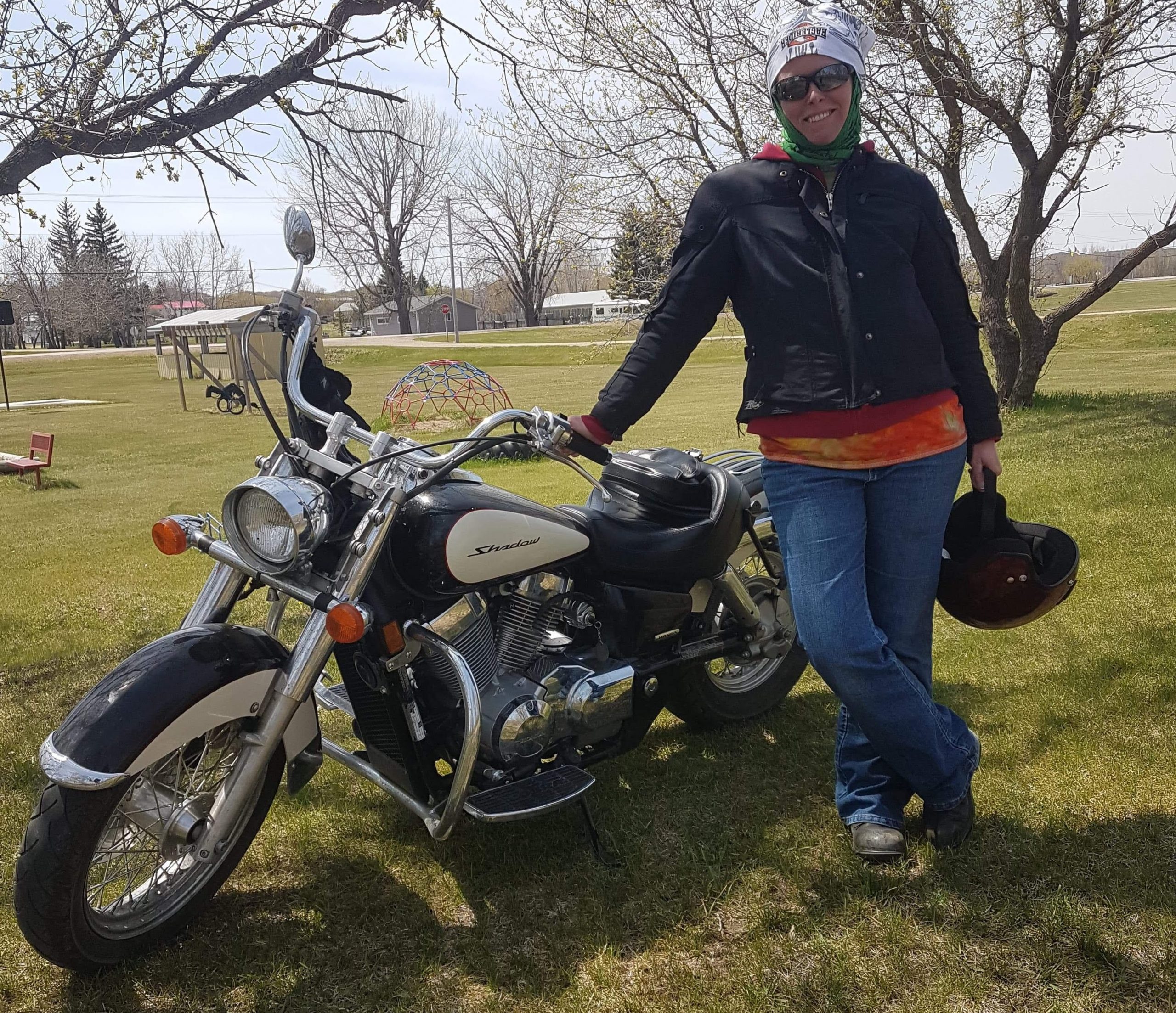We are delighted to share this guest post by our Master Practitioner Candidate, Emily Gillies. Emily completed Heather’s Holding Space Practitioner Program (now called the Foundation Program) in 2018. She went on to serve as Assistant Teacher for the next two sessions and will now participate as Assistant Teacher and Mentor in our Holding Space Certification Program as she pursues her Master Practitioner status here at the Centre. We are so fortunate to benefit from Emily’s wisdom, deep empathy and incredible capacity for Holding Space and can’t wait for you to get to know her better!
by Emily Gillies
As the Centre for Holding Space launches into the world, it is an honour to be invited to write a blog post. I am sorry I’m not offering an audio version of this post but I hope to do so in the future. I’m one of the Assistant Teachers, specifically with the new Certification Program, and I love to dig into the deep layers of what it means to hold space. This summer I’ve spent a lot of those thinking hours while riding my motorcycle across my home province of Saskatchewan, Canada. Loving the use of metaphor and parallel learning, I realized that many of the principles I have come to appreciate about Holding Space also apply to the challenges and uniqueness of being a motorcyclist.
1) The autonomy rests with each person. If I were to get into your car as a passenger, you would remain in charge of a lot of my experience as we travel. I can freely look out the window and change my position in the seat, but as the driver you are choosing the details related to the car’s operation such as speed, how you respond to other vehicles and traffic signals, probably the route and maybe even the radio and heat dials.
When motorcycling however, each rider remains in control of the driving decisions even as we travel as a group. Riding my bike, I am individually responsible for my braking and accelerating, watching for pedestrians and road hazards, and even simple things like operating the turn signal. The rider beside me, while having basically the same experience of being in the same place at the same time, retains their control over these same aspects. If they want to swerve dangerously around a corner, I don’t have to. Perhaps they like to speed up quickly and I’m the opposite. Sometimes I listen to music, and some riders never do. We each get to – actually, have to! – make these decisions for ourselves.
Understanding that each person is sovereign in their own decision-making process is one of the key elements of Holding Space well. I literally cannot reach over and operate another person’s motorcycle while also handling my own! I try to remember this when working, communicating and living with others. When I hold space for someone I have no right to interfere with the operation of their lives. I can’t make their decisions or tell them what to do, because I have to allow them to be fully on, and in control of, their own bike.
2) Make group agreements before starting out. Following the understanding that each motorcyclist is autonomous, there are also group dynamics at play when two or more bikers go out together. While we are each responsible for the individual operation of our bikes, we also have shared goals on destination, purpose and method. Where are we going, what route will we take, how fast will we travel to get there? These questions are discussed and agreed upon by all before we hit the road to avoid confusion or frustration later on.
Similarly, those embarking on conversations where deep emotional or mental terrain will be crossed would do well to form agreements to those same questions prior to diving into the work. How will we conduct ourselves in the ensuing work together? How will we know when we’ve reached our objective?
For example, at the Centre for Holding Space we have crafted nine statements that outline our engagement with each other during the programs we offer, and we refer to them if any disruption occurs or when clarity is needed. Accomplishing this ahead of time helps to smoothly pave the way forward and minimizes the severity of the bumps.
3) Celebrate rotating leadership. One of my favourite parts of riding with other people is the final moment when helmets are on, the plan is made, anticipation is in the air, and then one person says, “Do you want to lead?” and looks around at someone. This is dynamic leadership in action. That person can agree or defer, or say something like, “sure, I’ll lead until we turn at the next highway,” and at that corner another rider will assume the front position. While on the road there are options of passing each other or falling back, a beautiful thing to behold when it’s fluidly orchestrated at 60 miles per hour.
Why does the leadership change? The ride is different whether you are at the front, in the middle or the rear and it’s more exciting to take part in the variety. While it’s exhilarating to lead the pack, it’s also the most exhausting as you are responsible for the earliest scan of the road surface and impending dangerous conditions, setting and maintaining a constant speed, deciding when the group will pull out to pass another vehicle, and constantly monitoring your mirrors to watch for issues, so it’s best to keep the rider in this position feeling fresh and focused.
Conversely, one of my least favourite parts of riding with other people is when there is a self-imposed ‘Captain’ who does not relinquish the lead position and makes everyone else subject to their decisions for the entire day. This is stifling to morale, and an ego-trip on the part of that ‘leader’. I don’t feel respected by this person, so I’m less likely to build bonds of trust and community.
When we consider leadership in Holding Space, we follow the Circle Way principle of “a leader in every chair.” Input from others is sought out and valued. While a main host may be declared within a single meeting or within an organizational structure, the community is stronger when decisions are shared, and when all are encouraged to take the lead at certain times.
4) Focus and be present to do it well. When riding a motorcycle my attention is on a lot of things simultaneously, and all the senses are engaged. Stimuli is continually presenting itself with signs to read, lights changing colours, traffic merging. Even if I’m alone out in the country, the changing scenery is engaging. One must always scan the immediate road surface for potholes, a dropped object or a patch of gravel. Staying attentive for wildlife, listening for horns and sirens, being aware of the pressure of the wind and changes in air temperature occupy a lot of the mind. The smells are amazing on a motorcycle and yet it’s more things to notice and process. The rider also continually senses the mechanical operation of the bike to ensure ongoing stability and safety. It’s quite a practice in mindfulness to be aware of all these inputs and make quick decisions and adjust accordingly.
The same is true for Holding Space. Whether in groups or with only one other you’re closely listening to what is being said along with noticing the subtleties of what is not being said and the energy present. You are forming your response at the same time you are observing the reactions of others and remembering the overall flow of the conversation. There might be a time limit or agenda to follow, which is work in itself to manage, plus they might need sudden adjustment if something unexpected arises. Perhaps you’ve been triggered by something that has been shared and you are processing that in the midst of a complex conversation where the focus must remain on the issue or person at centre. Many things are happening, and if you become distracted the quality of how well the space is being held suffers.
5) Know your own capacity. With the many dynamics present in both motorcycling and space-holding, it’s important to consider your own abilities to respond to those factors. This is both a day-to-day awareness, such as knowing that if I am tired or have a soreness in my neck then my riding capabilities are compromised, and also refers to longer-term growth edges of mastering new skills or overcoming a trauma.
For example, earlier this summer, after having ridden thousands of kilometres together uneventfully, my partner, David, lost control of his motorbike on a sudden patch of gravel. In the blink of an eye he ended up sideways in the ditch with seven broken ribs and dangerous internal bleeding. Having seen all this happen and having supported David through his pain and uncertainty, I had to be honest with myself if I was ready to get back on a bike again. What helped me the most in returning to riding was being intentional about processing the shock, guilt and apprehension, and being truthful about how the accident impacted my confidence.
Later on, David and I discussed ‘what went wrong’ in that moment and if it could have been avoided. We realized it was the end of two long days of riding, so fatigue may have played a factor. Also, neither of us had been on that road before and we weren’t as cautious as we could have been in this unfamiliar territory. If we had thought through those things ahead of time, we might have realized we didn’t have the same capacity as at other times and the spill could have been averted.
We will also flow through our own levels of capacity for Holding Space. There will be days and seasons when your life balance is such that you can easily handle the demands placed on you, and then times of stress where you cannot operate as you once did. Sometimes there’s an obvious cause, such as an accident or sudden shift in your usual circumstances, but not always. This is where the practice of Holding Space for yourself becomes crucial, so you are sensitive to gradual changes and aware of your limits. Knowing what trauma you carry and what words or situations are likely to trigger a trauma response is helpful in identifying and navigating tough situations.
Keeping your capacity in mind, you’ll avoid taking on more than you can handle, either in duration of a project or in a role you aren’t quite ready for. Before I could ride 500 kilometres a day on my own, I had to practice with shorter distances. When I travelled one winter and rented a bike to tour around on, I selected one that was comparable in size and weight to my own instead of trying to learn how to maneuver a bigger bike while on unfamiliar roads.
6) Surround yourself with people you trust. Knowing that motorcycling is dangerous, it’s important for me to be selective about who is riding beside me and who is influencing my riding style. There are bikers who consume drugs or alcohol while riding, who travel at reckless speeds, or push themselves to ride beyond the reasonable limits of the road and weather conditions. If someone consistently takes risks I don’t agree with and expects me to do the same, I don’t have to continue as their biking partner.
Holding Space is also delicate work that takes finesse, discernment and focus to avoid mishaps. Being emotionally open is as vulnerable a place as physically sharing the road and deserves the same care and attention. As much as you are able, choose to learn from and be in relationship with those on whom you can rely to respect your choices and to hold the space well.

